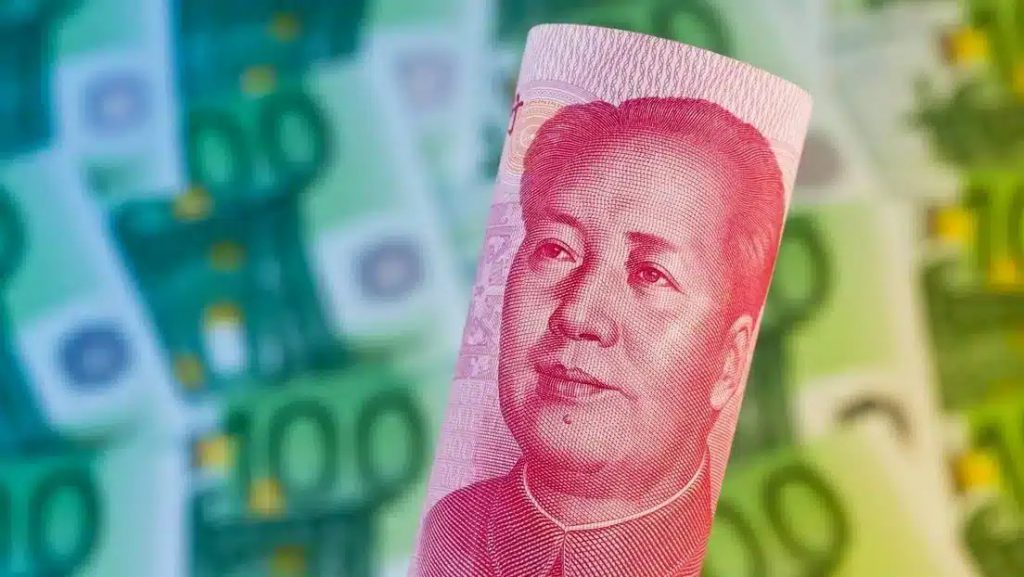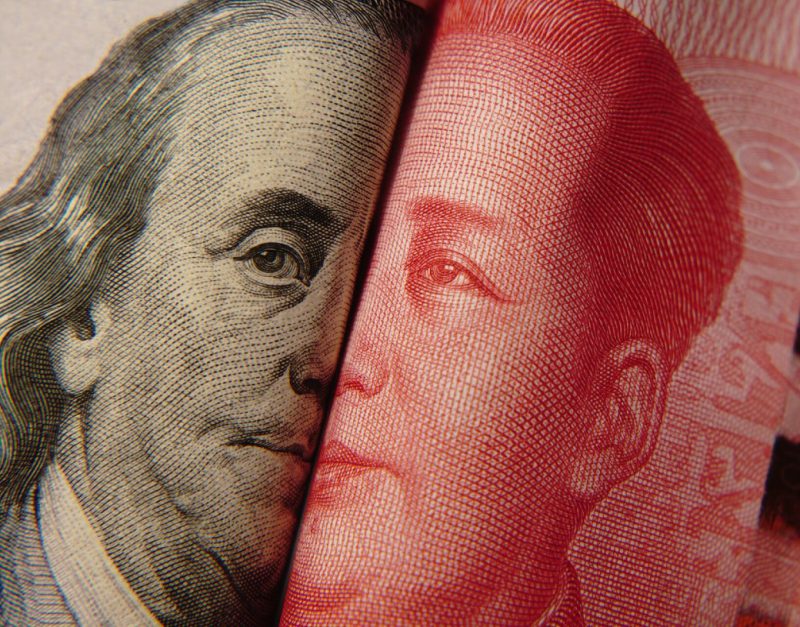China is leaving no stone unturned to bolster Yuan’s prominence on a global scale. The country has already expedited efforts to catapult the Yuan as a leading currency alternative by lending loans to developing countries.
With the US dollar fluctuating, coiled by inflationary pressure and a looming de-dollarization crisis, the Yuan gradually intends to rise on top of the global currency regime.
Considering its recent power play, China’s efforts seem to have already started to fructify. Some countries have already started to ditch the US dollar and have embraced the Yuan to challenge the dollar’s decade-old global supremacy.
Also Read: The Chinese Yuan Is Unsettling the US Dollar: Here’s Why
These Three Countries Have Embraced the Yuan


1. Russia
Russia started to explore the Yuan actively amid its conflict with Ukraine. The country is heavily battered by the sanctions imposed by the US and the West. This predicament has forced Moscow to explore other currencies. With Russia leveraging China’s payment system, CIPs, Yuan is poised to reach a more credible position within the Russian realm.
Per a recent report by GIS, “yuan savings accounted for 11 percent of Russia’s total deposits, making it the most traded currency in the country.”
2. Iraq
In a new development, the Iraqi central bank announced in February its intention to embrace Yuan. The bank will enable private-sector importers to pay off their loans in Chinese currency.
Additionally, the bank later shared how it will provide Yuan to Iraqi lenders so they can make payments to their Chinese counterparts.
Also Read: BRICS To Take Loans in Chinese Yuan, Ditch US Dollar
3. Pakistan
According to recent reports, China may use the Chinese currency to purchase crude oil. Additional reports add how the Yuan has been gaining steady momentum in Pakistan.
“A major hurdle for exporters has been the complex documentation and language barrier, making paperwork a challenge. However, the establishment of local RMB (Yuan denominated) clearing and settlement set-ups between the two countries will help Pakistani exporters overcome these barriers”





